Our next wander on the Tulip Trip was among the stone houses once and maybe still belonging to families of Syriac/Suryani Christians – not to be confused with residents of Syria. Many of those who survived the horrors of World War I moved to Europe as part of the Guestworker era of the 1960’s and ‘70’s. Midyat in Mardin Province traces its roots back to the 9th C BCE, part of at least 12 empires that ruled this region of Tur Abdin.
Unlike the ‘ghosts’ of Derik, Midyat, like much larger Mardin, boasted an expanding new quarter of town, making the route to the old city almost unrecognizable from a previous visit not so many years ago. But we drove quickly through, wanting to see the changes in the old city.
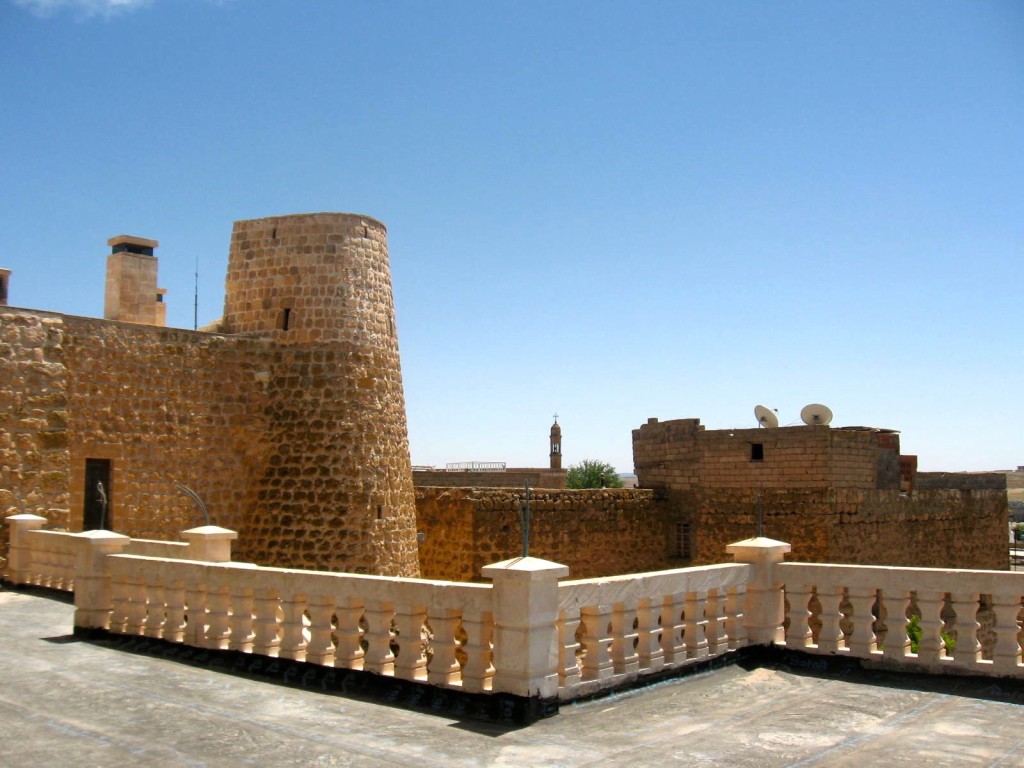 Some of the old houses seemed abandoned, while others were occupied. Several of the grander homes were being restored into hotels. We trespassed through one unlocked large house that seemed an addition to an adjacent hotel; perhaps it will be a private home instead.
Some of the old houses seemed abandoned, while others were occupied. Several of the grander homes were being restored into hotels. We trespassed through one unlocked large house that seemed an addition to an adjacent hotel; perhaps it will be a private home instead.
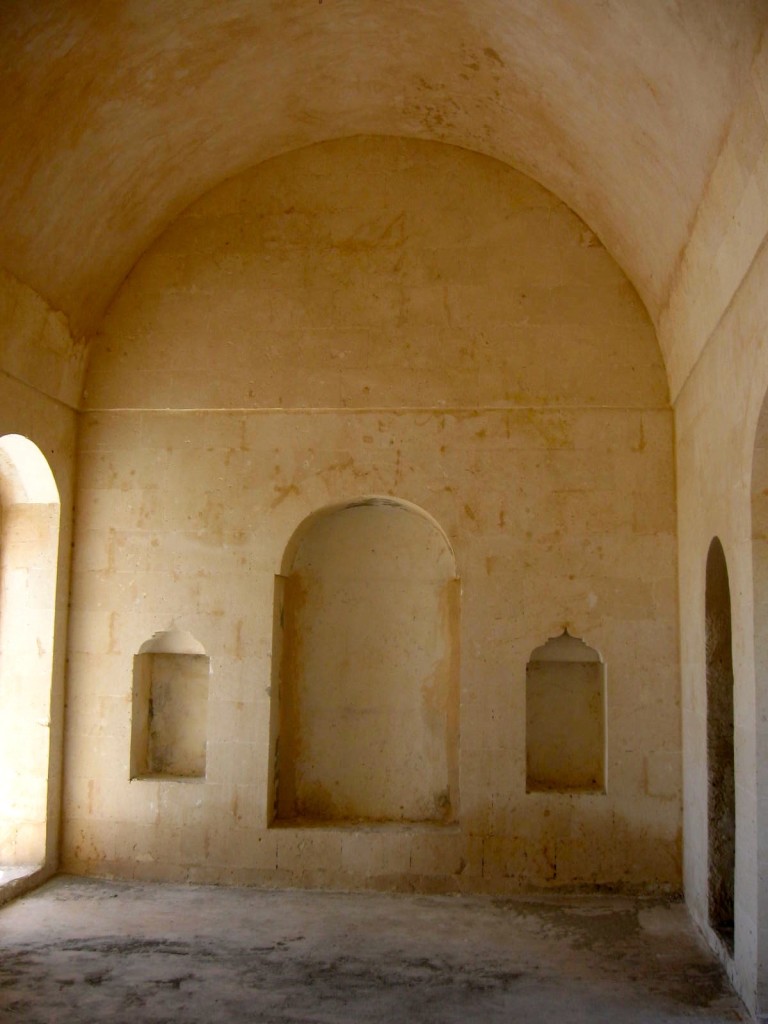 Signs of former wealth with large rooms, high vaulted ceilings and stone carvings. Modern plumbing was being installed, with walls and floors awaiting restoration.
Signs of former wealth with large rooms, high vaulted ceilings and stone carvings. Modern plumbing was being installed, with walls and floors awaiting restoration.
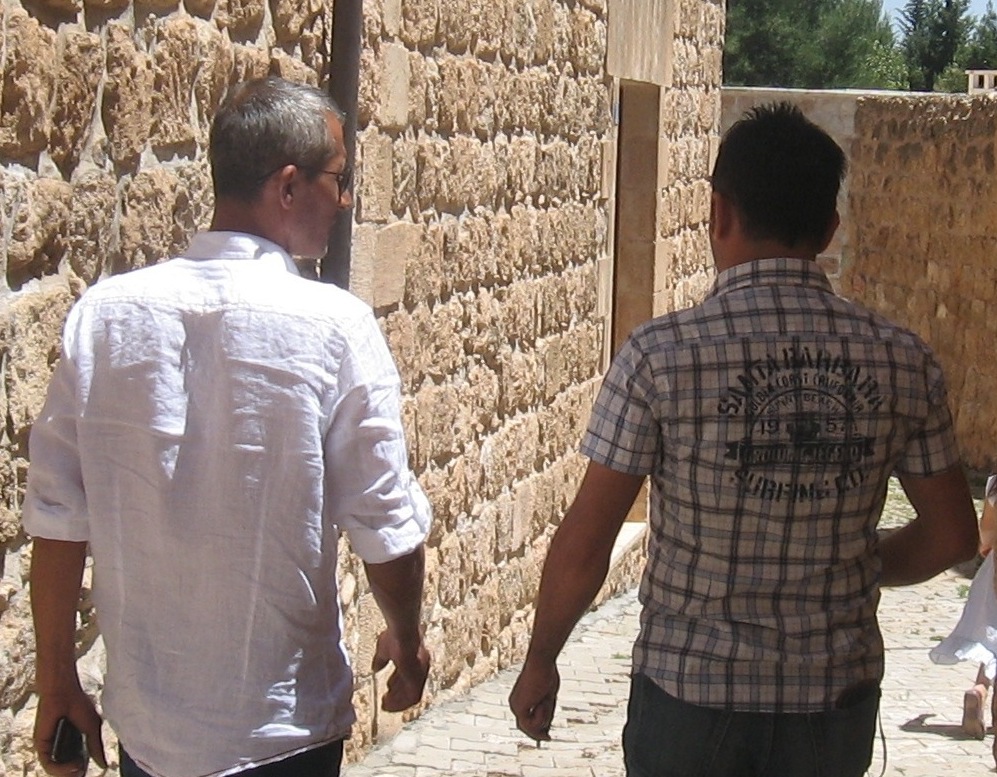 Back outside, a family walking by told Abit they were Syriacs who had been living in Jordan but were thinking about moving to Midyat, where their families had originated. I had to smile at the small worldness of his shirt, with my birthplace of Santa Barbara in far off California printed on the back.
Back outside, a family walking by told Abit they were Syriacs who had been living in Jordan but were thinking about moving to Midyat, where their families had originated. I had to smile at the small worldness of his shirt, with my birthplace of Santa Barbara in far off California printed on the back.
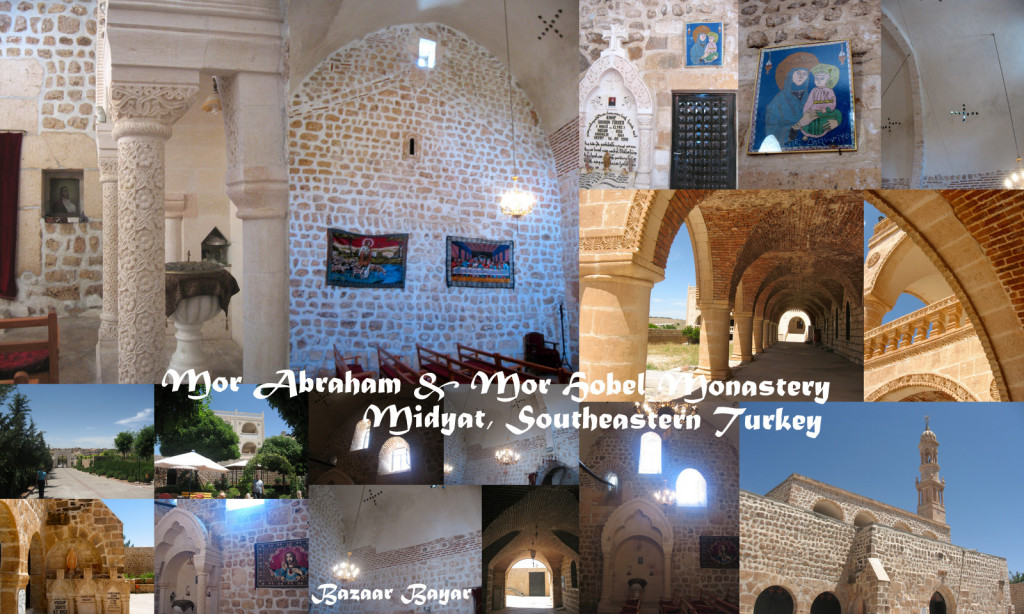 More evidence of restoration and enrichment was nearby in one of Tur Abdin’s dozens of ancient monasteries. Mor Abraham and Mor Hobel (Abel), dedicated to two 5th C monks, was now protected by a massive stone wall after vandalism had kept it closed for decades. It was again open to visitors, that day attracting groups of local Suriani youth.
More evidence of restoration and enrichment was nearby in one of Tur Abdin’s dozens of ancient monasteries. Mor Abraham and Mor Hobel (Abel), dedicated to two 5th C monks, was now protected by a massive stone wall after vandalism had kept it closed for decades. It was again open to visitors, that day attracting groups of local Suriani youth.
Though I didn’t take a pic, a large refugee camp with hundreds of white tents was under construction behind the church compound. A recent BBC article explained it was not the work of the Turkish government, with Turkish border lands currently inundated with refugees from the Syrian civil war:
“What about that smart refugee camp outside Midyat?” I ask him. “It looked brand-new but half empty.”
“It is for Syriac Christians,” Father Joaqim explains. “The land was donated by a Syriac businessman. Like us, he hopes many Syriac Christians from Syria will come with their families and settle here. Thank God for them.”
Who could have imagined that in a remote corner of eastern Turkey, the war in Syria would be reuniting an ancient community? Only Father Joaqim, perhaps.”
Mor Gabriel, a larger monastery just outside Midyat, had been embattled for years in court by government-backed village families claiming the 1700-year-old buildings were “occupying” their land. There are many age-old ethnic and religious struggles still to be resolved in this region. Though as I write this in October 2013, Mor Gabriel has just been returned to the Syriac community as part of “democratization package” currently being unveiled by Turkey’s ruling party, thanks in no small part to a decision by the European Court of Human Rights.
Giving Father Joaqim further reason for optimism, I hope.
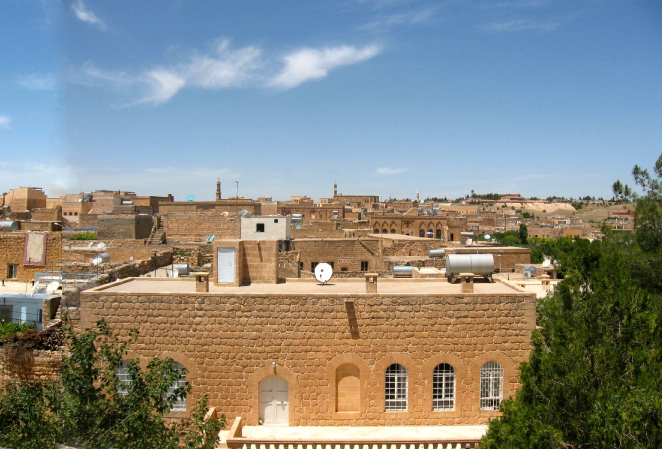
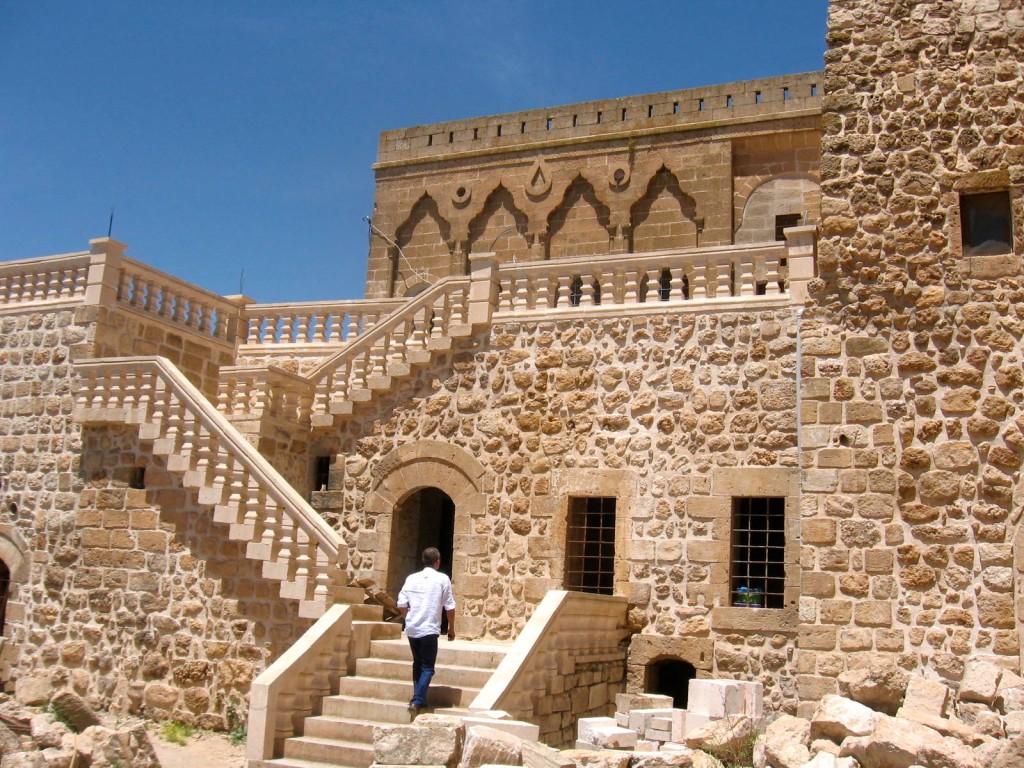
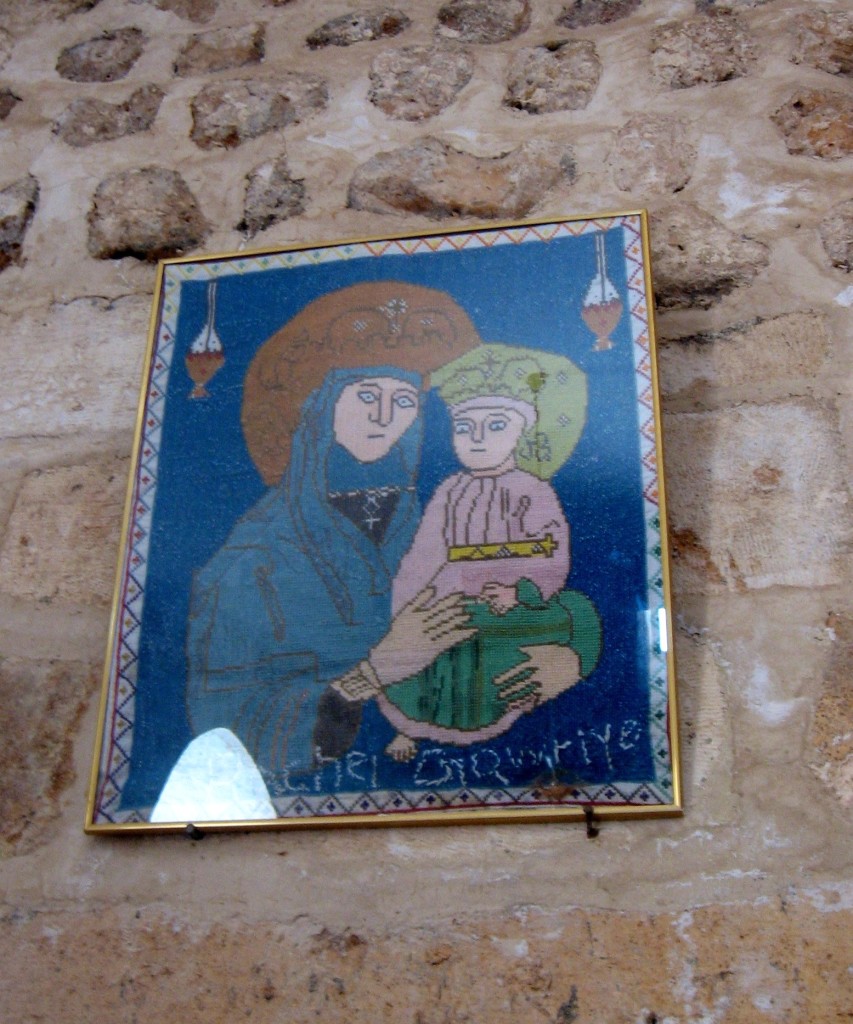
Interesting to be introduced to one of these entities ‘returned’ in the “democratization package”!
Yes, it will be interesting to see how that package and the return of these properties plays out. I think the average person is quite happy about it, since everyone’s been living together for centuries…only governments thrive on the drama.